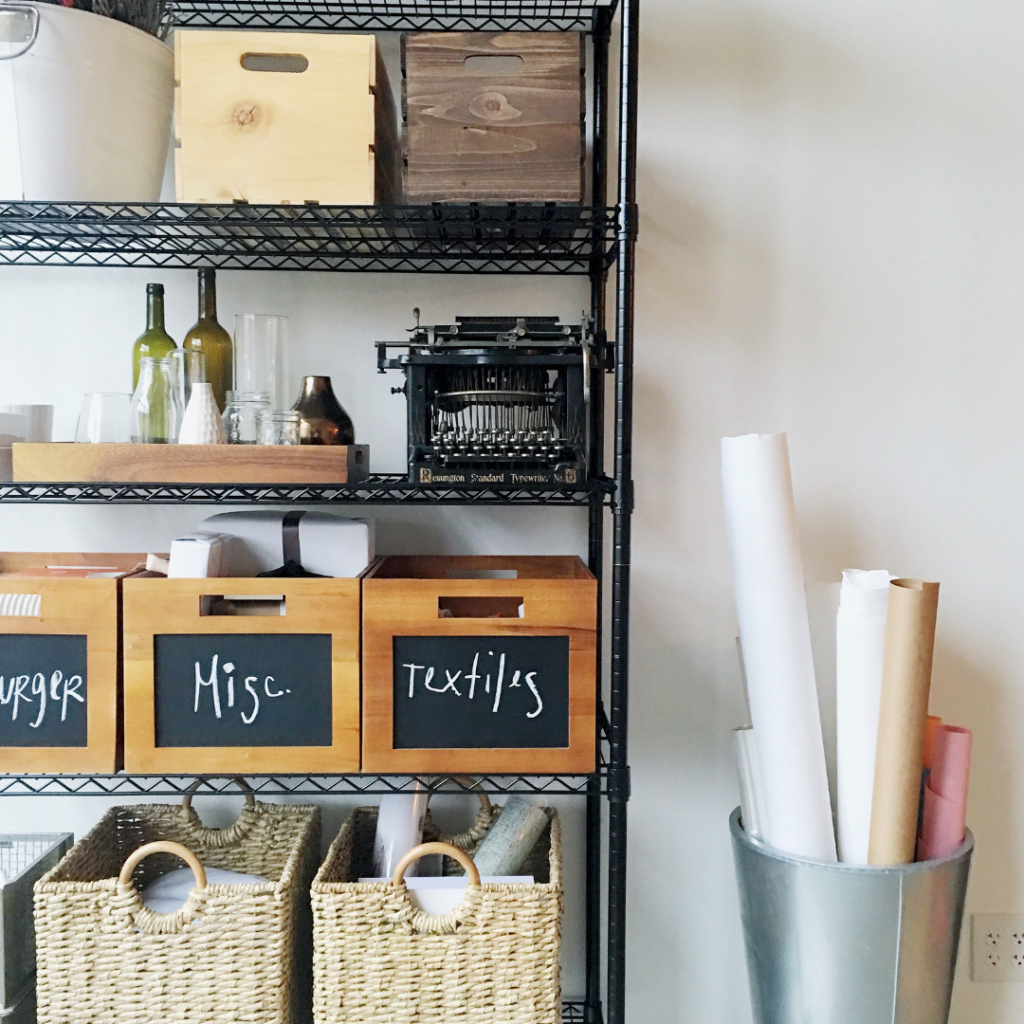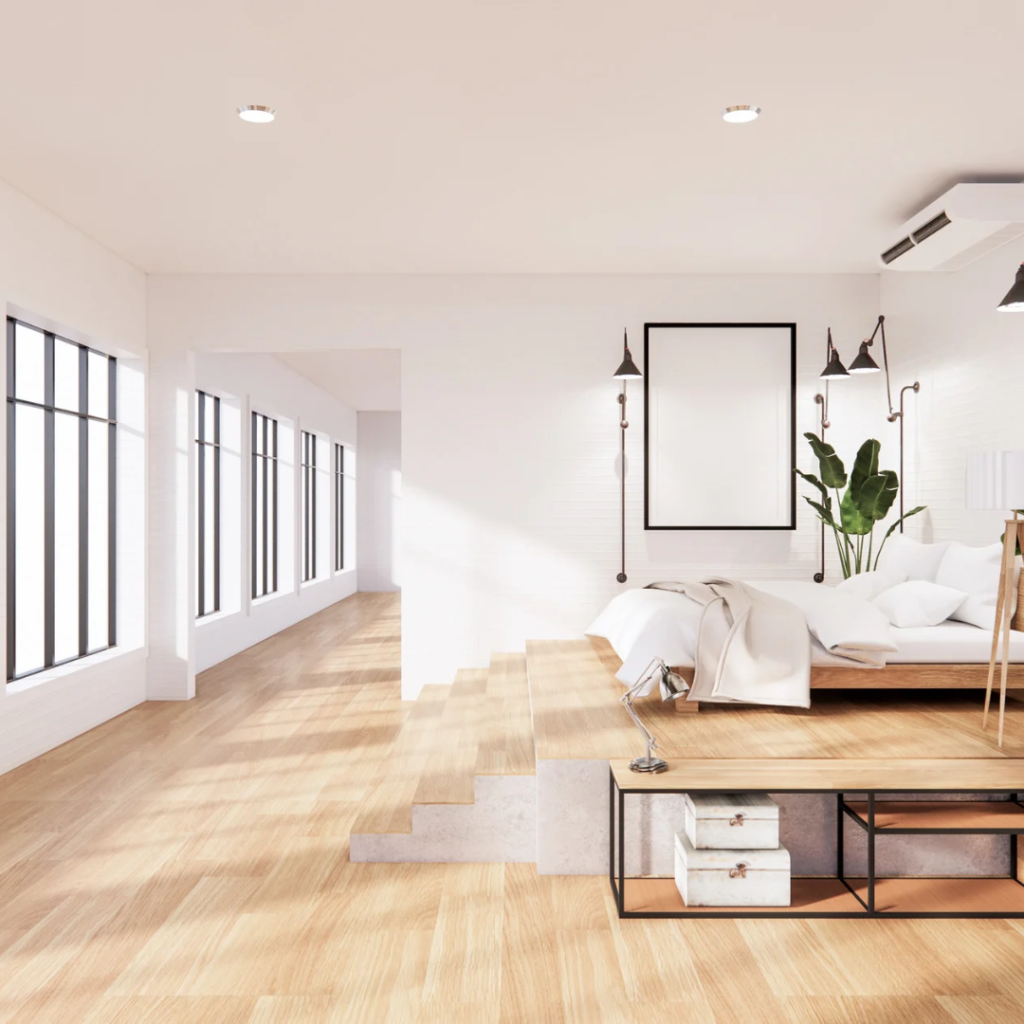In our fast-paced modern lives, it’s easy to accumulate clutter and feel overwhelmed by our possessions. Minimalism offers a refreshing alternative, emphasizing simplicity, functionality, and a clutter-free living environment. By decluttering, organizing, and embracing minimalistic design, you can create a simple living space that promotes peace of mind and allows you to focus on what truly matters. In this article, we will explore practical tips, storage solutions, and minimalistic design ideas to help you achieve a minimalist lifestyle.
Decluttering: Letting Go of the Excess

The first step in creating a minimalist living space is decluttering. Start by assessing each item in your home and asking yourself, “Does this bring me joy or serve a practical purpose?” If the answer is no, it’s time to let it go. Here are some practical tips to help you declutter effectively:
- Take it room by room: Begin with one room at a time to avoid feeling overwhelmed. Set aside dedicated time to declutter each space thoroughly.
- The 80/20 rule: Apply the Pareto Principle, which states that we use 20% of our belongings 80% of the time. Identify the items you use most frequently and focus on keeping those while letting go of the rest.
- One in, one out: Adopt a new rule for future purchases. For every new item you bring into your home, remove one item you no longer need. This habit will help you maintain a clutter-free environment.
Organizing: A Place for Everything

Once you’ve decluttered, it’s time to organize your belongings effectively. Organizing is the key to maintaining a minimalist living space in the long run. Consider the following tips:
- Categorize and store like items together: Group similar items in dedicated storage containers or drawers. For example, keep all your kitchen utensils in one drawer or store all your books on a designated shelf.
- Use vertical space: Maximize your storage potential by utilizing vertical space. Install floating shelves or wall-mounted organizers to keep items off the floor and create a visually pleasing display.
- Invest in multifunctional furniture: Choose furniture pieces that offer hidden storage compartments. For example, ottomans with storage space or bed frames with built-in drawers provide additional storage without sacrificing style.
Storage Solutions: Tackling the Challenge

Sometimes, even after decluttering and organizing, you may find yourself in need of additional storage solutions. Here are some practical ideas to help you tackle the storage challenge:
- Utilize under-bed space: Invest in low-profile storage containers or bed risers to create ample storage space beneath your bed. Store out-of-season clothing, extra bedding, or bulky items in these containers.
- Maximize closet space: Install additional shelves, hanging rods, or shoe racks to optimize your closet’s storage potential. Utilize slimline hangers to maximize vertical space and create a uniform look.
- Get creative with wall storage: Install hooks, pegboards, or hanging baskets on your walls to store frequently used items such as coats, bags, or keys. This not only adds storage but also serves as a stylish design element.
Minimalistic Design: Simplicity and Harmony

Minimalistic design is all about simplicity, clean lines, and a sense of harmony. Here are some design ideas to help you achieve a minimalist living space:
- Neutral color palette: Stick to a neutral color scheme, such as whites, grays, and earth tones, to create a calm and cohesive atmosphere. Use pops of color sparingly to add interest.
- Streamlined furniture: Opt for furniture with clean lines and simple silhouettes. Avoid excessive ornamentation or intricate patterns. Choose quality over quantity, and invest in pieces that will stand the test of time.
- Reduce visual clutter: Minimize the number of decorative items on display. Embrace negative space and allow your furniture and a few carefully chosen decorations to take center stage.
- Let natural light in: Open up your space by maximizing natural light. Avoid heavy curtains and opt for sheer or light-colored window coverings. Mirrors can also help to reflect light and make your space appear larger.
The Journey to Minimalism
Creating a minimalist living space is a journey rather than a one-time task. It requires ongoing commitment and a willingness to let go of unnecessary belongings. As you declutter, organize, and embrace minimalistic design, you will experience the freedom and tranquility that comes with a simplified lifestyle.
Remember, minimalism is not about deprivation but rather about intentionally curating your possessions to make room for what truly matters. By adopting practical tips, implementing storage solutions, and incorporating minimalistic design ideas, you can create a simple living space that promotes clarity, focus, and a greater sense of well-being. So start your minimalist journey today and enjoy the benefits of a clutter-free and harmonious living environment.





